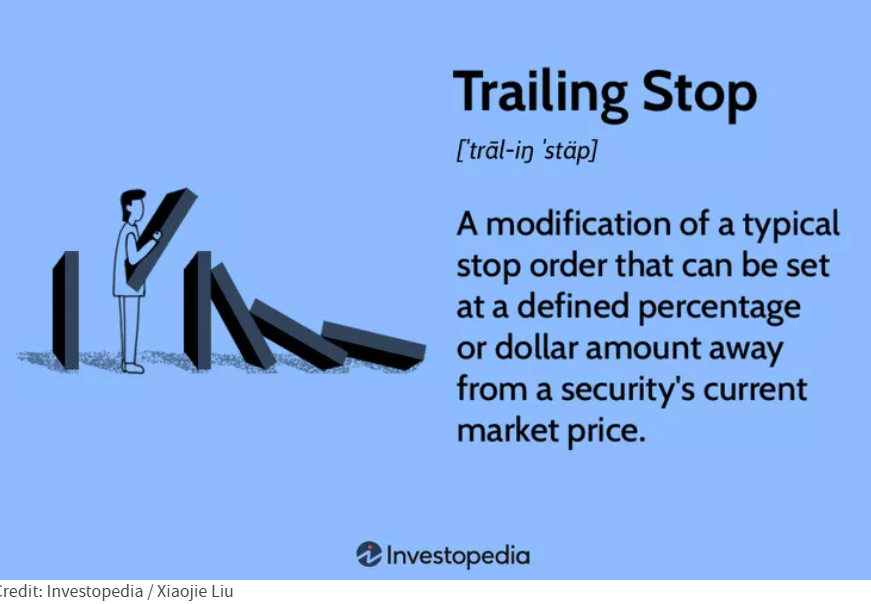- Invest-X BWB Insights
- Posts
- Trailing stops: your risk safety net
Trailing stops: your risk safety net
Happy Wednesday,
Try not to let the volatility in the markets bring you down today. Just opening up more options in the future for some better “buy” points.
I’m going to talk about a Trailing Stop strategy for those of you that need a reminder. Tomorrow’s Walmart earnings report could cause the markets to fall even further. Walmart uses Retail accounting, which I’m not a fan of because it can cover up bigger issues. The biggest tell in their report will be future outlook, and their current trips and basket sizes (units). If trips and basket size units fall, then we have some concerns. But since Walmart requires 90 day notice on all cost increases from suppliers, I’m not expecting a lot of tariff pressures to be seen in tomorrow’s report.
Thanks,
Brian
What’s a Trailing Stop? (Plain English)
A trailing stop is like a leash for your stock. As the stock price climbs, the leash moves up. But if the stock falls by a set percentage or dollar amount, the leash locks and sells your shares automatically.
That way, you lock in profits if things go south — but you still have room to benefit if things keep climbing.
Benjamin Graham, often called the father of value investing, nailed it:
“The essence of investment management is the management of risks, not the management of returns.”
Trailing stops are an easy, automated way to manage that risk.

How They Work (Examples)
📊 Dollar Example
Buy a stock at $100.
Set a trailing stop of $10.
If the stock climbs to $120, your stop moves up to $110.
If it then dips to $110 → sell triggered.
You keep at least a $10 profit.
📊 Percentage Example
Buy a stock at $50.
Set a trailing stop of 10%.
If the stock climbs to $60, your stop ratchets up to $54.
If it dips to $54 → sell triggered.
Notice: The stop only moves upward as your stock rises, never down.

Pitfalls to Watch Out For
Trailing stops aren’t flawless:
Too tight = too twitchy. A 2% stop might trigger on normal day-to-day volatility.
Too loose = too painful. A 20% stop means you could lose a fifth of your gains.
Gaps happen. If Walmart opens 15% lower tomorrow, your order fills at the next available price — possibly much lower than your stop.
A sweet spot many investors use: 5–15% trailing stops, adjusted by volatility.
Real world analogy 😀
Think of trailing stops like cruise control with auto-brakes. You’re cruising comfortably (stock rising). If traffic suddenly slams the brakes ahead (earnings miss), your car slows automatically.
You don’t need to hover nervously over the pedal — the system’s got your back.
Takeaway
Trailing stops are one of the simplest ways to protect profits while keeping upside alive.
Try this: Experiment with a trailing stop on one of your winners. Start small, test the mechanics, and see how it feels before applying it more broadly.

👍 Next Week’s video: I’m touching on “83% Chance Rate Drop - Should you Buy or Sell?!”
👍 Here’s the link to my portfolio. Keep in mind I share this for educational purposes. I am not giving any financial advice.

Reply